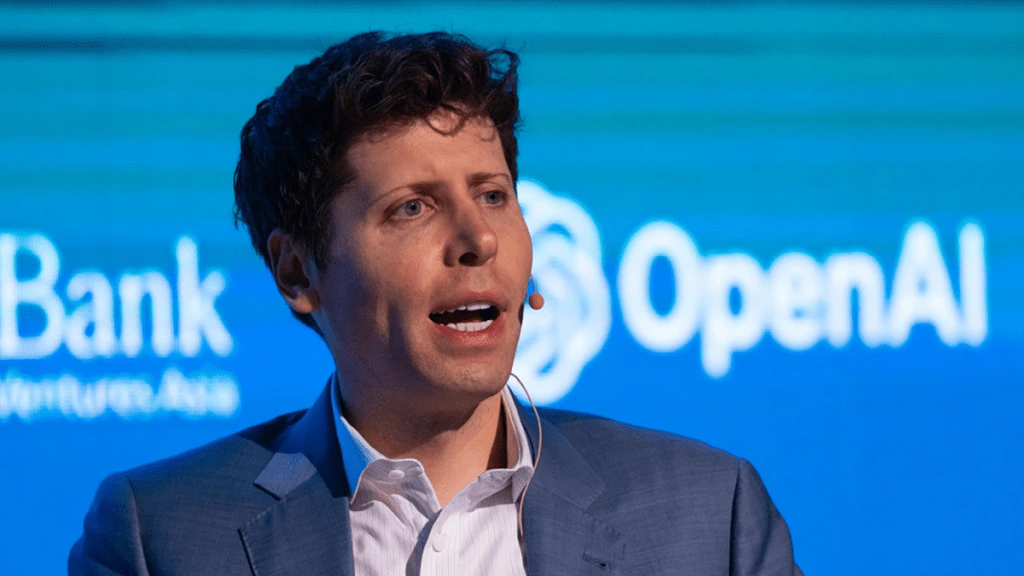
AI Investment Bubble 2025: Lessons from the Dot-Com Crash
The Rising Hype of AI Investment in 2025
The AI investment bubble 2025 is drawing comparisons to the dot-com boom of the late 1990s. Valuations of AI firms are reaching hundreds of billions of dollars, creating dozens of new billionaires in 2025 alone. Global corporate AI investment hit $252.3 billion in 2024, growing thirteenfold since 2014.
Tech giants like Amazon, Google, Meta, and Microsoft plan to spend a record $320 billion on capital expenditures this year, largely for AI infrastructure. Even OpenAI CEO Sam Altman acknowledged the excitement: investors are overenthusiastic, yet AI remains transformative.
Lessons from the Dot-Com Crash of 2000
The dot-com bubble burst in March 2000 due to multiple factors. Rising Federal Reserve interest rates made speculative investments less attractive, climbing from 4.7% in early 1999 to 6.5% by May 2000. A global economic slowdown, triggered by Japan’s recession, accelerated the flight from risky assets.
Beyond macro factors, flawed business models were pervasive. Companies such as Commerce One and TheGlobe.com achieved massive valuations despite minimal revenue. Pets.com burned through $300 million in 268 days before declaring bankruptcy. These failures underline the importance of sustainable business fundamentals.
Infrastructure Overbuild and Overcapacity
Telecom companies laid over 80 million miles of fiber-optic cables in the 1990s, anticipating internet traffic growth far beyond reality. Global Crossing, Level 3, and Qwest expanded rapidly, but demand lagged, leaving 85–95% of fiber unused, nicknamed “dark fiber.” Corning’s stock fell from nearly $100 to $1 by 2002.
The AI sector exhibits similar overinvestment. Meta plans an AI data center “so large it could cover a significant part of Manhattan,” while the Stargate Project, backed by OpenAI, SoftBank, Oracle, and MGX, aims for a $500 billion nationwide AI network.
Revenue Reality Check
Unlike many dot-com companies, leading AI firms generate substantial revenue. Microsoft’s Azure AI-driven cloud grew 39% year-over-year to an $86 billion run rate. OpenAI projects $20 billion in annualized revenue by year-end, up from $6 billion at the start. Yet, the gap between AI infrastructure spending and revenue remains notable.
Ed Zitron reports that Microsoft, Meta, Tesla, Amazon, and Google invested approximately $560 billion in AI over two years but earned just $35 billion combined in AI revenue. An MIT study found that 95% of AI pilot projects fail to deliver meaningful results despite $40 billion in generative AI investments.
Implications for Investors and Businesses
The AI investment bubble 2025 highlights the tension between hype and measurable returns. Transformative technologies, while critical, cannot escape fundamental economics. Investors must evaluate whether infrastructure and valuations align with realistic near-term demand.
Will today’s AI infrastructure, like the fiber-optic networks of the 1990s, sit underutilized while the market catches up? History shows that early excitement does not always translate to immediate economic returns.
Explore Business Solutions from Uttkrist and our Partners’, Pipedrive CRM [2X the usual trial with no CC and no commitments] and more uttkrist.com/explore



